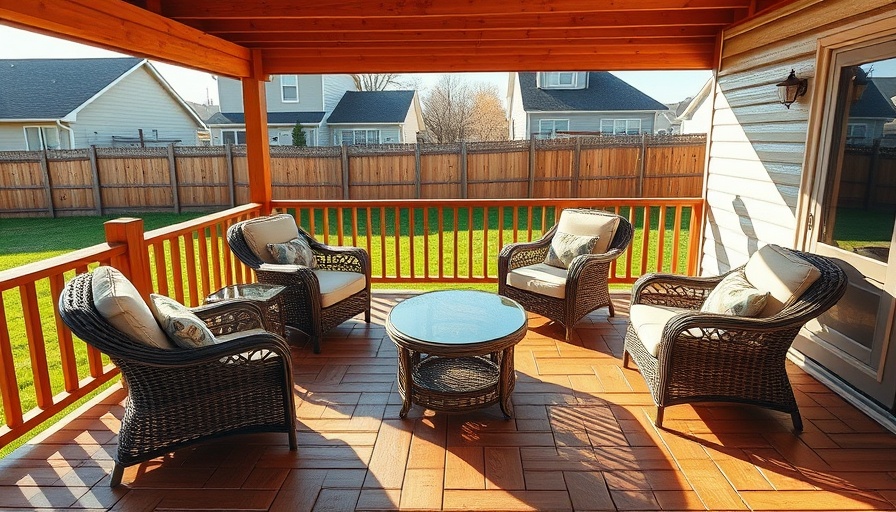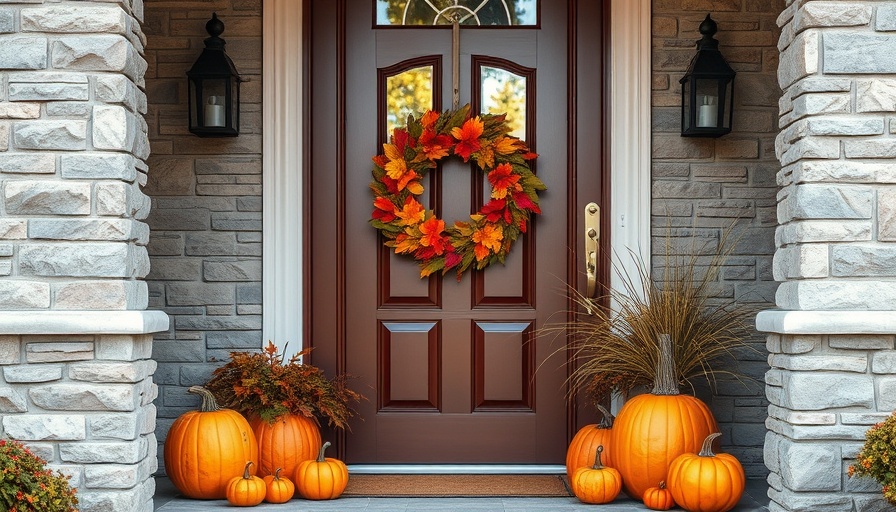
Assessing the Condition of Your Deck
Your deck is a crucial part of your home’s outdoor space, but wear and tear can affect its safety and longevity. Fortunately, a tired deck doesn’t necessarily mean it’s time for a full replacement. In just about 30 minutes, you can perform a DIY inspection that will help you determine if simple repairs, resurfacing, or a complete rebuild is needed. Before you dive into materials or tools, let’s focus on how to effectively assess your deck’s condition.
Preparing for the Inspection: Tools & Safety
Before you begin inspecting your deck, gather the following tools to ensure a thorough assessment:
- Tape measure and speed square
- Flashlight or headlamp
- Screwdriver or awl for probing soft spots
- Work gloves and safety glasses
- Broom and stiff brush for debris
- Chalk or painter’s tape to mark issues
Safety should be your primary concern. Be aware of your environment and wear appropriate gear. Accidents can happen, so take precautions to keep yourself safe while you inspect your deck.
Key Areas to Inspect: Where Decks Most Often Fail
Start your inspection at critical areas where decks commonly fail — the ledger board, posts, and stairs. Look for the following signs:
- Ledger Board: Ensure it’s tightly fastened and properly flashed. Look for stains or gaps in flashing, as these may indicate water intrusion.
- Posts: They should stand plumb and be set on solid support. Watch for tilting or crumbling concrete.
- Stairs: Perform a slow walk test and shake the railings. If risers are uneven or treads feel springy, this could signal potential safety issues.
Taking the time to evaluate these areas can prevent larger issues down the road.
Analyzing the Deck Structure: Signs of Wear
Once you’ve checked the critical areas, take a step back and examine the deck structure as a whole. Sight down beams and joists to look for sags or abrupt changes that could indicate serious problems. Check for:
- Sistered Joists: These are not necessarily problematic, but watch for poor fastening or noticeable corrosion.
- Surface Inspection: Walk every section of your deck and take note of boards that cup, check, or flex underfoot. A few tired boards may be manageable, but widespread softness suggests significant underlying issues.
Remember that thorough inspections can save you from costly repairs later.
Recommendations for Surface Resurfacing
If your inspection reveals that the structure is mostly sound and any issues are surface-related, resurfacing could be the best option. Resurfacing is especially viable if the foundation is straight, dry, and able to support your new materials.
While planning for resurfacing, consider upgrading your railings as well. Integrating the new posts and blocking cleanly into the design will give you a more polished finished look and ensure safety for your family and guests.
Expert Tips: What Measurements to Capture
To assist in planning for repairs or resurfacing, capture key measurements during your inspection:
- Overall deck dimensions
- Joist spacing
- Decking thickness and width
- Railing post spacing and height
- Stair rise, run, and tread thickness
These insights can help you model material counts and confirm that your frame meets today’s span requirements.
Deciding Whats Next: Repair or Replace?
The direction your project takes heavily depends on what you’ve found during your inspection. If the structure is sound but shows superficial wear, consider targeted repairs as the first solution. These repairs often provide the best return on investment.
Resurfacing is the next step if your foundation is still strong but requires a visual refresh. However, if major structural issues are present, you might have to consider a complete rebuild, which can transform your outdoor space.
Conclusion: Empowering Your Home Journey
Armed with knowledge and a straightforward plan, you’re now better prepared to tackle DIY deck inspection and resurfacing. Regular evaluations can keep your deck safe, functional, and beautiful for years to come. Don’t wait until safety is compromised; ensure your outdoor haven is up to standard today!
 Add Row
Add Row  Add
Add 



Write A Comment